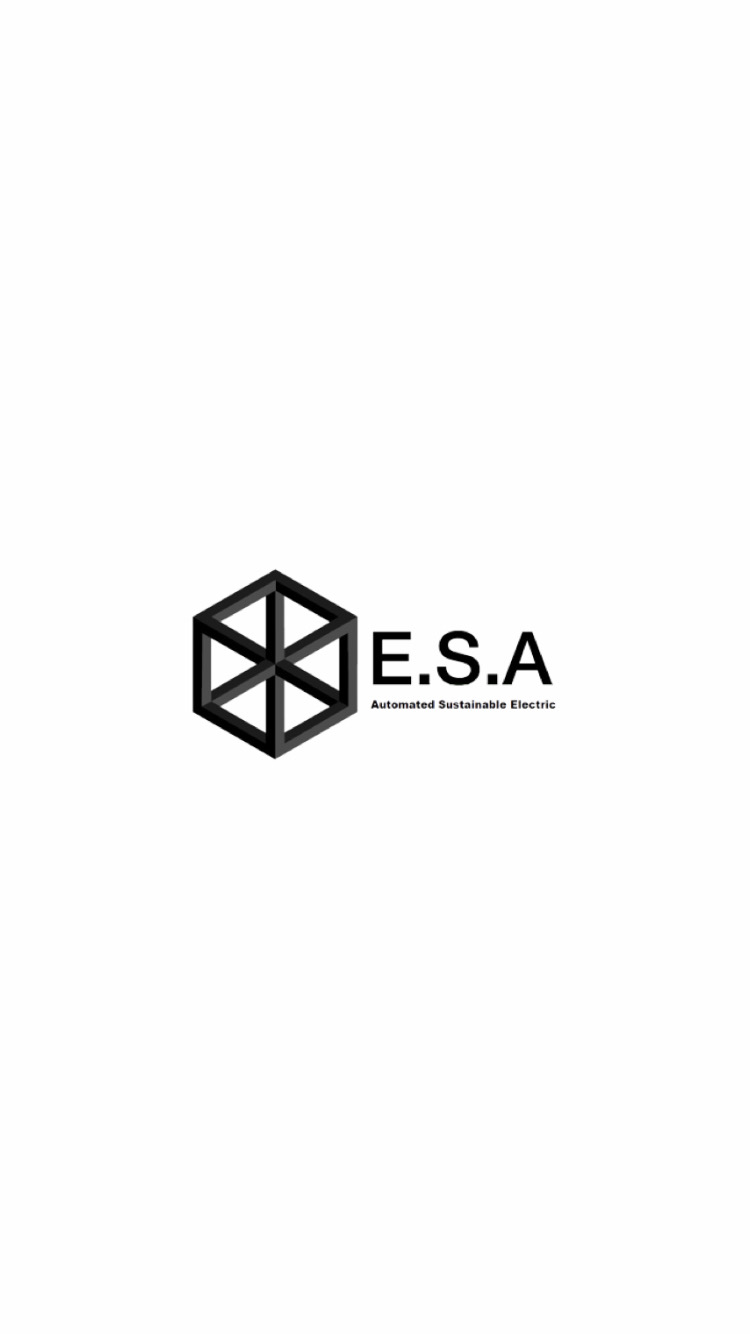Why Every Electrician Needs to Understand Electrical Controls?
- Elétrica Sustentável Automatizada

- Sep 13
- 2 min read
If you work in the electrical field, you know that mastering power electricity is crucial. But to stand out in the market, it's essential to go further and delve into electrical controls. They are the brains behind any machine or industrial process, allowing for the precise control of motors, machinery, and systems.

Essential Components
Electrical controls are made up of a series of components that work together to ensure the system functions correctly. Among the most important are:
Switching and Protection Devices:
Circuit Breakers: Protect against short circuits and overloads.
Fuses: Also provide protection by interrupting the circuit in case of excessive current.
Overload Relays: Protect motors from overheating.
Contactors: Function as electromagnetic switches, controlling the flow of energy to the equipment.
Signaling and Actuation Devices:
Pushbuttons: Used to turn systems on, off, or give specific commands (e.g., an emergency stop button).
Indicator Lights: Show the status of the circuit (on, off, fault).
Sensors: Detect the presence of objects, temperature, pressure, and more, and send signals to the control system.

Everyday Applications
Electrical controls are everywhere, often in ways you don't even notice. They are the foundation of:
Motor Starting Systems: Direct on-line starting, reversing, and wye-delta starting.
Industrial Process Control: Production lines, pumping systems, and elevators.
Building Automation: Electronic gates, lighting systems, and air conditioning.
Types of Diagrams
To work with electrical controls, you must be able to interpret their "maps." There are two main types of diagrams:
Power Diagram (or Power Circuit): This represents the main circuit, showing the connection of devices that supply the load (e.g., a motor) and the protection components.
Control Diagram (or Control Circuit): This shows the control circuit, which operates the contactors and relays. This is where you find the logic of the system.

Fun Facts
Did you know that wye-delta starting is used to reduce the starting current of large motors, preventing overloads on the electrical grid?
Relays were one of the first automation components and are still widely used in electrical panels, serving as the basis for control logic.
The evolution of electrical controls paved the way for PLCs (Programmable Logic Controllers), which now automate complex processes with far more flexibility.

Mastering electrical controls is more than just a skill; it's a competitive advantage. By deeply understanding their components, diagrams, and applications, an electrician becomes a more well-rounded professional, capable of troubleshooting problems, optimizing systems, and working on automation projects. In an increasingly demanding market, knowledge of electrical controls is the key to your professional growth.
Ready to modernize your electrical infrastructure?
E.S.A specializes in the design and assembly of electrical control panels. Get in touch and request a quote!






Comments